As she sat alone in the darkened theater, Kara Enz ’13 watched as a group of professional dancers rehearsed for that night’s performance at the Williams Center for the Arts. She knew the routine by heart from studying a video of it countless times on her computer. She knew members of the Ben Munisteri Dance Projects would perform one-legged twirls, vigorous arm spins, and exit stage left one-by-one after 5 minutes and 21 seconds.
Enz was one of three Lafayette students selected to compose music for Catalog, a three-part dance created by Ben Munisteri, a respected New York City choreographer. A psychology major, Enz (Milford, N.J.) worked on the composition over the summer on her home piano conferring with Kirk O’Riordan, assistant professor of music and director of bands, in person and by email.
But before the Sept. 15 rehearsal, she had never seen a live performance of the dance paired with her musical canvas.
“It was incredible,” she said standing in the Williams Center lobby after the rehearsal with fellow student composers Andy Feldman ’11 (Middletown, N.J.), a mechanical engineering major, and Sam Friedman ’11 (Rochester, N.Y.). “I never thought I’d have an opportunity to do something like this.”
The dance would be repeated two hours later along with four other routines during a public performance that was well received by a crowd that applauded loudly when the three composers climbed onto the stage for a well-deserved bow. For now, the students were awed by the rehearsal.
“I’m lucky I came to a small liberal arts college,” said Friedman, who is pursuing an A.B. with a major in music and a B.S. in electrical and computer engineering. “If I had gone to a big school there would have been too many students competing” for the privilege of composing music for a professional dance troupe.
It’s an opportunity few students receive, let alone undergraduate ones, but O’Riordan said he knew the trio was up for the challenge when Munisteri called the College for help in securing replacement music for his eclectic 12-minute dance.
“I knew it was going to be incredibly difficult because the musical events have to align with existing movements, but I also knew these three could handle it,” O’Riordan said.
Catalog, which combines elements of ballet, step dancing, and the mechanical moves of cheerleading into gliding waves and fixed points of pattern, was originally performed at a concert in New York City to three songs from the British rock group Radiohead. The group had granted Munisteri a one-time use of its songs at a free concert last August at Lincoln Center Out of Doors.
“The group is really popular right now,” said Munisteri. “To get permission to use their music is a bit of an arduous and expensive process.”
Munisteri, who teaches performance and digital technology at The New School for Liberal Arts in Manhattan, contacted Lafayette because of fond memories from 2005 when he was an artist in residence here.
“I told Kirk the students had to respect three parameters: duration, tempo, and meter,” said Munisteri, noting the students had to produce cohesive pieces that complemented the dance.
Each student approached the task differently. Friedman, who interned at an engineering firm in Switzerland over the summer, composed his piece on a piano in the basement of the building where he worked and emailed O’Riordan typed notes of the score.
He drew inspiration from his European travels, he says, and the musical outcome pays homage to the people and sights, a sensual, melancholy composition that evokes the wistfulness of a lullaby.
Compared to Friedman, Feldman took a high-tech approach, playing gestures on his keyboard, which he then recorded on his computer, enabling him to add special effects and mix sounds.
“Different movements of the dance evoked different musical ideas,” said Feldman, whose creation is the most energetic of the three.
“It was a really big sound,” said Munisteri. “I asked him to kill the percussion in one part. It’s a dense composition but it fits that part of the dance perfectly.”
Enz said she struggled at first trying to match the music perfectly with the pitch of the dance. “I had so many ideas but I hadn’t developed any of them,” she said. “I got caught up in the details.”
Her breakthrough moment came while watching a move on the video where dancers leaned to the side with their arms above their head in a circle and then rolled. “It looked like a wave or an undulation,” she said. “That became the jumping point for that section,” which flows gracefully from one element to the next.
The students’ works were then recorded on piano by Holly Roadfeldt, a professional pianist and O’Riordan’s wife.
“I just love what they came up with,” Munisteri said. “They’re so different from the Radiohead pieces, you would never know they were based on the group’s songs.”
As a result, viewers’ experience of the dance is quite different. “Where once it was techno and heavy melodic, now it’s this lush haunting sound,” Munisteri said. “The dancers found it very challenging.”
O’Riordan said he was impressed with the breadth of his students’ creativity and confined his role to adviser. “They kind of knew what they were doing so we’d sit down and I’d make them articulate their ideas on paper in a fresh and eloquent way.”
As for the students, the experience of not only creating a musical vision but then watching as professional dancers performed to it on stage was extraordinary.
“It was really cool,” said Feldman. “I’m not going to forget this.”


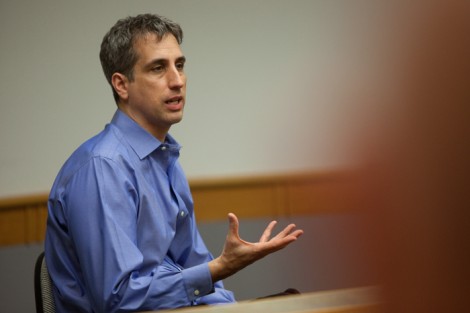

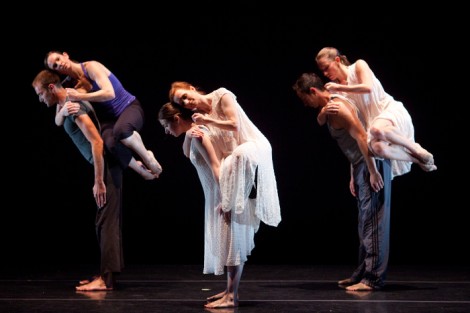
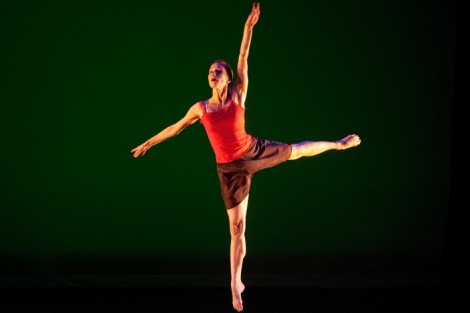
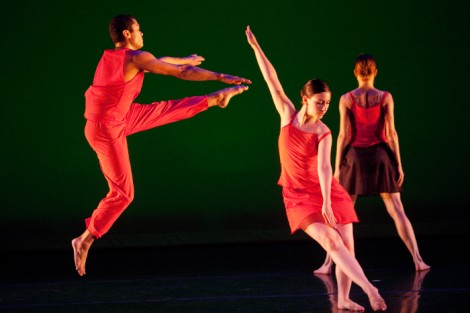
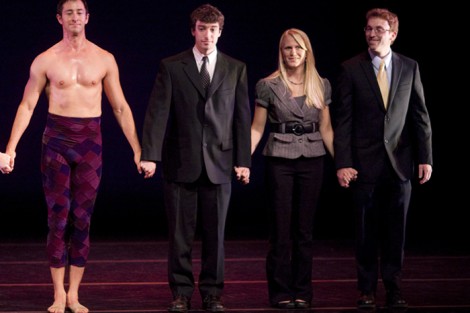

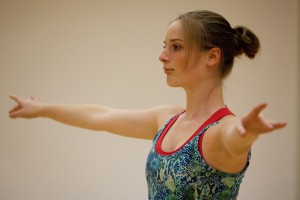
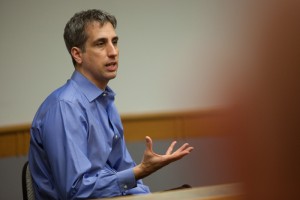

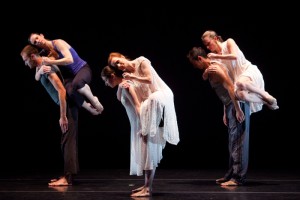
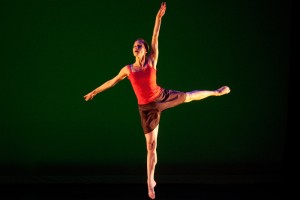
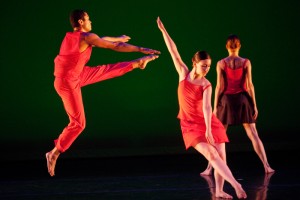
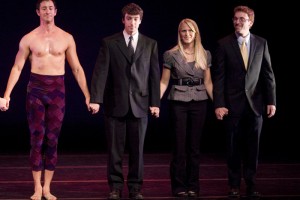
1 Comment
Comments are closed.